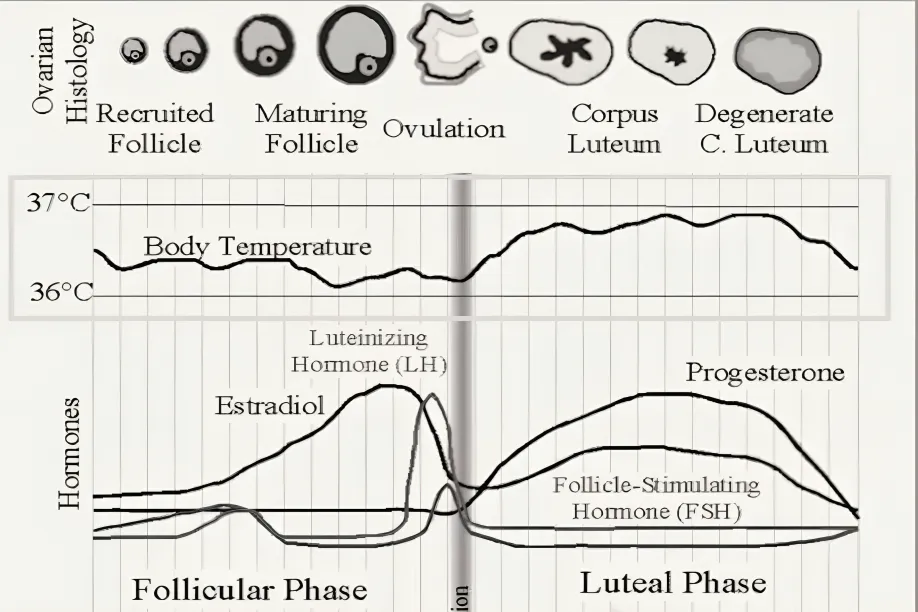Patient Portal
Setting a Foundation for Reproductive Health
Your fertility is a reflection of your overall state of health so it's important to set a good foundation. Set the
intention to care for your body and your mind and to be gentle with yourself in the process. The
suggestions below are not meant to be undertaken all at once. They have been numbered and laid out for
you step by step. Start with 1 and give yourself at least a week or two to make it a part of your routine. If it's
not something you're already doing, it will take several months before it starts feeling natural (i.e. not
awkward). However, once you've reached that threshold, you will begin to wire it into your brain as a habit
and it will feel to you as normal as breathing or walking. Stay with it and don't give up. Reach out to me if
you have any questions along the way. I am here to support you.
1. Sleep
Sleep is one of the key determinants of human health. Regular lack of sleep in addition to sluggishness can result in decreased attention span, depressed mood, decreased metabolism, increased hunger, insulin resistance, and poorer mental and physical performance. The average adult requires 7 to 9 hours of sleep a night. Ready to improve your sleep quality? Go here or click on the picture below.

2. Detox
The more I work with couples on optimizing fertility, the more important I feel it is to educate others how environmental toxins can affect our bodies. I hope you find this resource useful for finding alternatives for your body and home that fit your needs. You can expect a little trial and error but I wanted to give you this resource so you can have an easy starting point. Click here or on the picture below to begin!

3. Nutrition
The fertility reboot food plan is a guide to optimize your hormones and maximize the health of your gut microbiota both of which will support your fertility. In addition, you will be healthier and feel better overall. To get started, click here or on the picture below.

4. The Guide to Eating Organic
Eating organic foods for fertility is a personal choice aimed at reducing pesticide exposure and potential hormone disruptors. Organic farming practices often limit synthetic chemicals in food, which may improve reproductive and overall health. Go here, or click on the picture below to get started.

5. Exercise
Exercise helps regulate hormones, manage weight, reduce stress, improve circulation, enhance insulin sensitivity, and promote regular menstrual cycles. However, excessive or intense exercise can have a negative impact on fertility, so it's essential to strike a balance. Go here or the picture below for more.

6. Stress Management
The relationship between stress and fertility is complex and varies from person to person. Reduced stress can help regulate hormones, enhance sexual function, improve emotional well-being, and lead to better lifestyle choices. To get started, go here or click on the picture below.

Nurturing Your Mindset
Cultivating a positive mindset is paramount in the fertility journey, as it can profoundly influence both emotional well-being and physical health. Embracing optimism, managing stress, and practicing mindfulness will enhance your resilience and help you cope more effectively with the challenges that often accompany fertility struggles. Go to the links below for a few ideas how.

Reconnecting to Your Feminine

Making a Vision Board

Visualizations

Affirmations
Understanding BBT Charting
It is really important to be consistent with your BBT charting. Your chart can give us valuable information about egg quality and help determine how likely you are to get pregnant on any given cycle.
As your temperatures start to align with the "normal" BBT chart, you will likely begin feeling better because your hormones are balancing out.

• The normal cycle is between 25 to 32 days long.
• During the follicular phase, the temperature is lower than during the luteal phase.
• As the follicle is developing in the ovary, estrogen levels rise which prompts the brain to send LH to the ovaries which allows the ovary to release the follicle (ovulation).
• At the time of ovulation the temperature will spike due to progesterone which is a thermogenic hormone.
• Ovulation can occur any time 3 days before or after the temperature spike.
• If you do not see any spikes in your BBT chart, this is an indicator that you are not ovulating.
• If you do ovulate and fertilization doesn't occur, temperature will go back down.
• If the temperature drops too low in the luteal phase, this can mean you have too much estrogen.
• If progesterone is low, you will see little dips in the temperature 4 to 5 days post ovulation. This shows that the corpus luteum is struggling to produce adequate progesterone.
Copyrights 2024 | Audrey Le MD™ | Terms & Conditions
